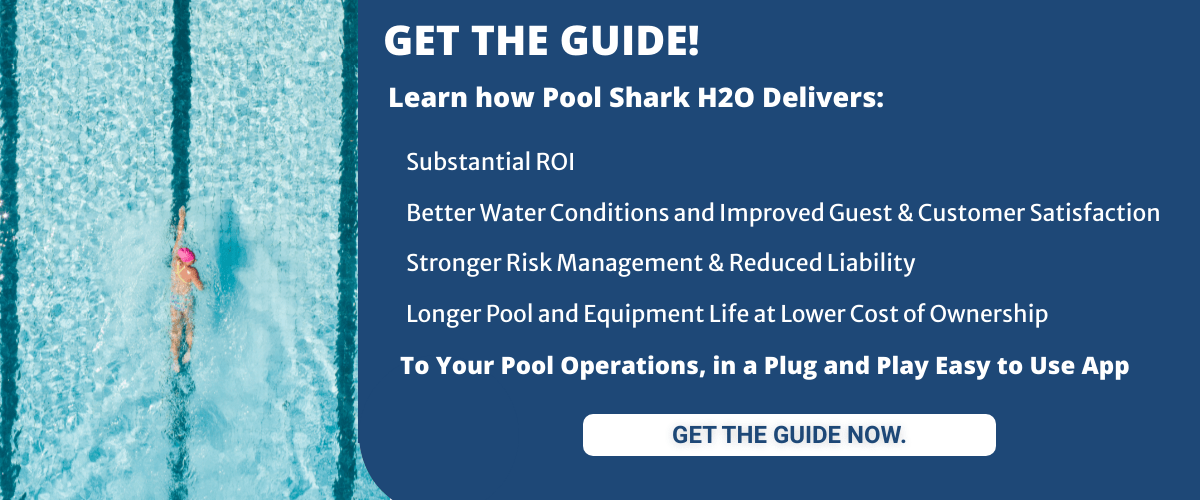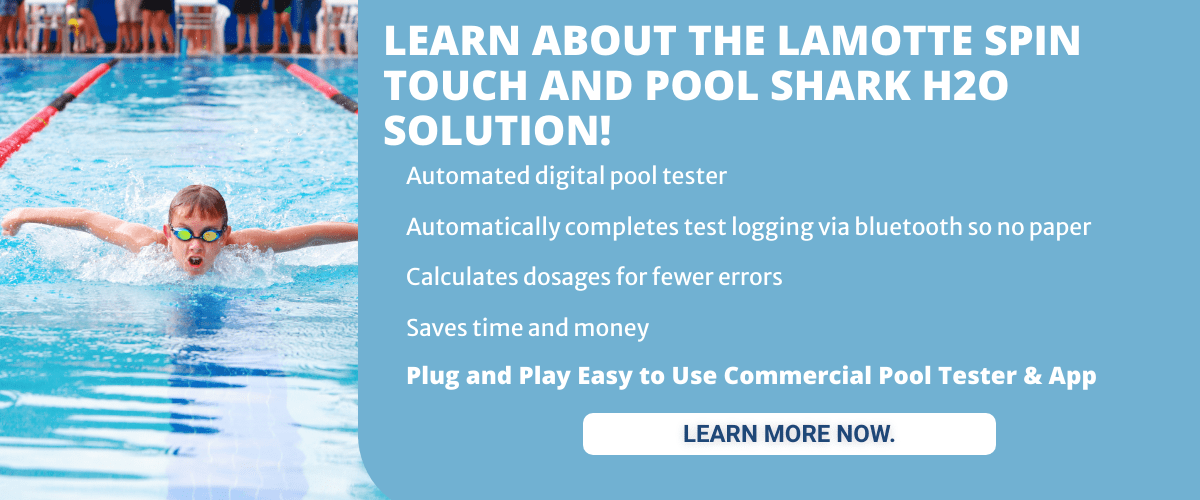When health departments and local governments enforce requirements and regulations for pools and other water features, what do they base their codes on? When pool and pool product designers need to ensure their products are safe and will be approved for public use, what safety standards must their products meet? In the past, the answer to these questions may have been complicated and unclear, and often varied based on whom you asked. Today, the answer to both questions is the Model Aquatic Health Code (MAHC).
What is the MAHC?
The MAHC is a set of guidelines in the form of a free guidance document based on scientific data and best practices, with the intention of making swimming pools and aquatic facilities safer. It comprises comprised of many established public health standards, including NSF/ANSI 50, which is the leading standard for equipment and chemicals used in aquatic facilities. These guidelines don’t apply to private backyard pools, only to public pools, hot tubs, spas, water playgrounds, and waterparks.
The MAHC isn’t a law or piece of legislation, meaning that it isn’t required to be adopted, but it can be adopted in part or in whole by state and/or local governments. Many local governments choose to use it as a resource to create or update existing pool codes for their local department of health.
The guidelines outlined in the MAHC cover dozens of topics, including guidelines about the design, construction, operation, maintenance, policies, and management of all public pools and aquatic facilities. Much of the content includes guidance intended to prevent drowning, injuries, and the spread of water illnesses at public pools and spas. This content includes detailed recommendations from the minimum chlorine levels required in pool water to prevent waterborne illnesses to the location and amount of cleansing showers required in each type of aquatic facility.
Since it is updated relatively frequently based on new data and trends, the MAHC is considered an “evergreen” document. Members of the Council for the Model Aquatic Health Code (CMAHC) have the chance to recommend revisions and vote on new content for the code every two years. The revisions that pass their vote are then recommended as updates to the MAHC.
Development of the MAHC
In the past, agencies and state and local governments had to start from scratch when trying to develop pool codes. This involved conducting their own new research, which could be quite time-consuming and inefficient. Due to each government health department doing their own research, this also led to pool codes varying quite a bit from one jurisdiction to the next. Unfortunately, no science or best practices-based guidelines existed at the time at a national level to base health codes on and standardize them across jurisdictions.
At the requests of many health departments and companies working in the aquatics sector, the US Center for Disease Control and Prevention (CDC) worked for seven years to conduct research and eventually create the MAHC. The first edition of the MAHC was published in 2014, with the second coming in July of 2016 and the third in July of 2018. Unfortunately, due to the Covid-19 pandemic, the development and release of the fourth edition were delayed.
The CDC created the MAHC in cooperation with public health officials, academics, recreational water system operators, and other companies providing products and services to the pool industry. Using information from all of these partners, the CDC was able to base the guidelines in the MAHC on scientific data and best practices, leading to it being an incredibly detailed and comprehensive set of guidelines.
Updating the MAHC
Updating the MAHC is a process involving several groups. Members of the CMAHC are the first group, including pool, spa, and waterpark managers, as well as aquatic product designers. The CMAHC is the most influential group when it comes to updating the MAHC, as they propose and vote on changes to the MAHC. Within the CMAHC, the Technical Review Committee (TRC) reviews and processes submitted change requests (CR’s), with the Technical Committees (TC’s) serving as technical resources and advisors to the TRC.
There are seven Technical Committees that oversee the MAHC, each specializing in different topics to advise the TRC. The TC’s include committees specialized for:
- Design and Construction
- Disinfection and Water Quality
- Injury Prevention
- Risk Management and Safety
- Lifeguarding and Bather Supervision
- Operation and Maintenance
- Recirculation and Filtration and Ventilation and Air Quality
The updating process takes place every two years and starts with CMAHC members submitting change requests. Pool experts from public health, regulatory experts, and the private sector provide input as members of the CMAHC because their business relates to aquatic activities. Change requests are then reviewed by the TRC and recommendations are provided by the committee. The changes are voted on by the entire CMAHC, and the approved change requests are sent to the CDC for review. Whatever change requests the CDC approves are then compiled into the new edition of the MAHC.
Use with Pool Shark H2O
A significant portion of the MAHC focuses on the chemical makeup of the water in pools, hot tubs and other aquatic features. If the chemical balance of the water is off, with any chemical being too high or too low, issues can arise including diseases spreading, swimmers and bathers’ eyes burning, the water in aquatic facilities turning cloudy or green, and/or corrosion or scaling of pool components. Keeping chemicals in their proper ranges is required by health departments, and can prevent these issues. Avoiding such problems can provide a better user experience for your customers and can save significant amounts of money by reducing wear on pool components.
But how can pool managers and operators keep track of their pool chemical levels and ensure they’re staying in the required ranges? The Pool Shark H2O app is designed to help to do just that. Pool Shark H2O takes the place of physical paper pool logs, allowing users to log pool testing data in the app, and storing the data in a secure cloud database. An additional feature that can help keep chemicals in balance is the ability for Pool Shark H2O to use input data to automatically calculate any chemicals that need to be added to make corrections to chemical levels. Of course, no paper pool log can perform such calculations, and the Pool Shark H2O app is far more accurate and consistent than employees who can make mistakes when performing this error-prone task.
Best of all, Pool Shark H2O is certified by the CMAHC as compliant with the MAHC. This means that using Pool Shark H2O will ensure pool owners and operators are staying well within the guidelines set by the CDC itself. As many local health codes for aquatic parks today are based on the MAHC, it would seem likely that a CPO using Pool Shark H2O would fall within most, if not all state or local health regulations.
The MAHC is an incredibly useful resource that has changed the pool and aquatic feature industry. Before the MAHC, there was no yardstick to measure safety by, no standards or codes to comply with. For pool and pool product designers, this made health code compliance a difficult task. With the MAHC, a resource is available that has been approved by the CDC itself, standardizing health codes and safety expectations for pools across the country. With the MAHC-compliant Pool Shark H2O app, pool management can change for the better as well.




